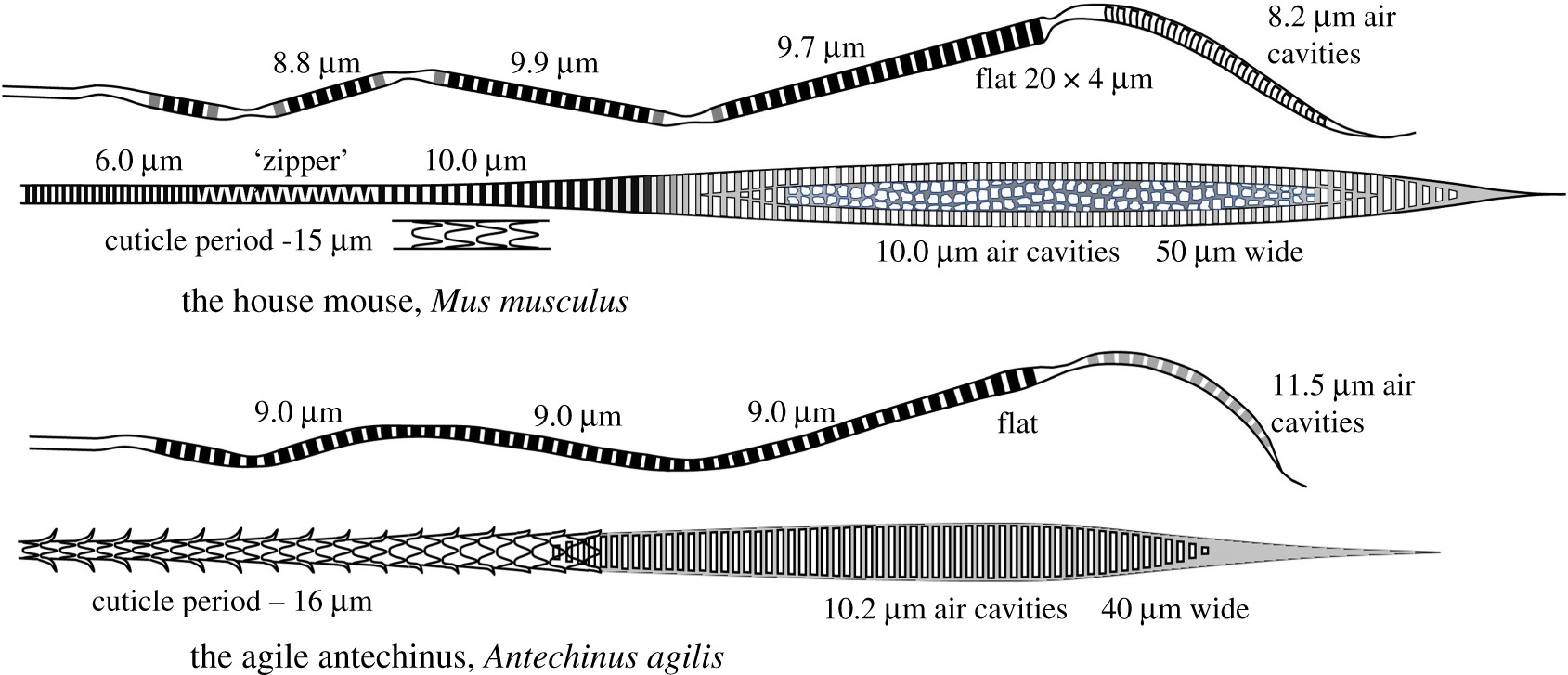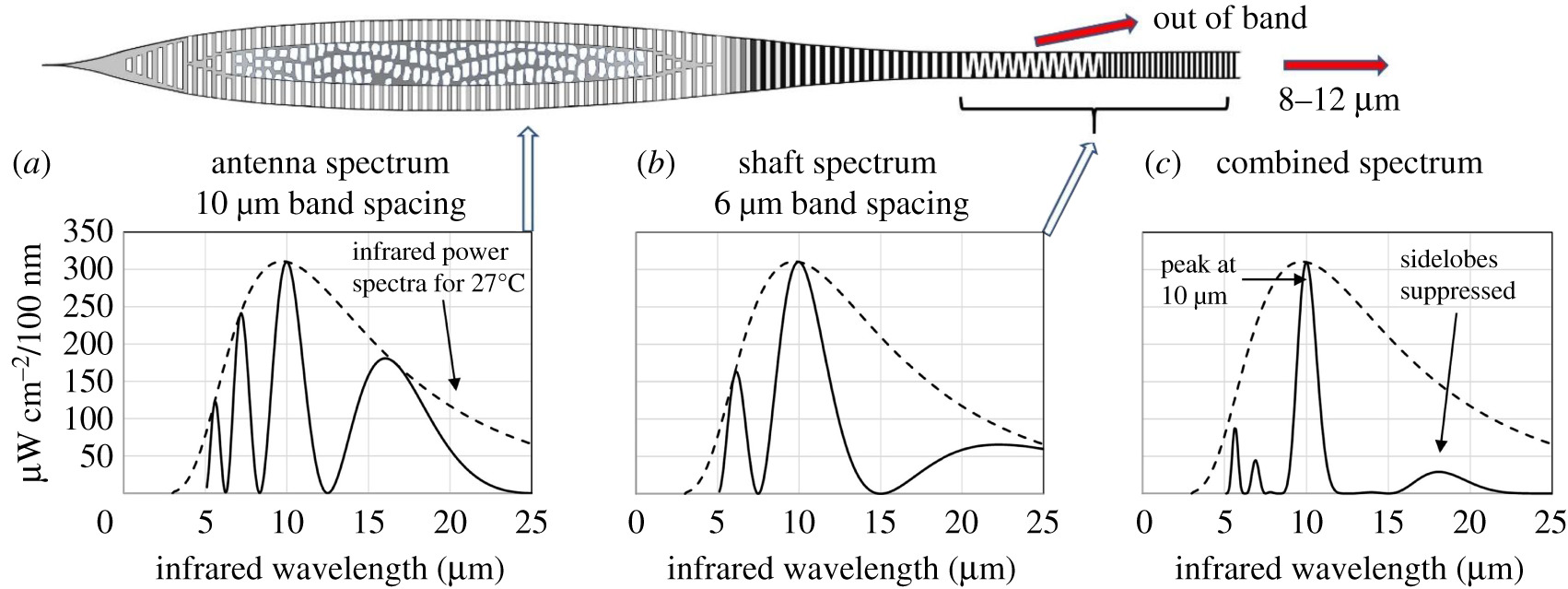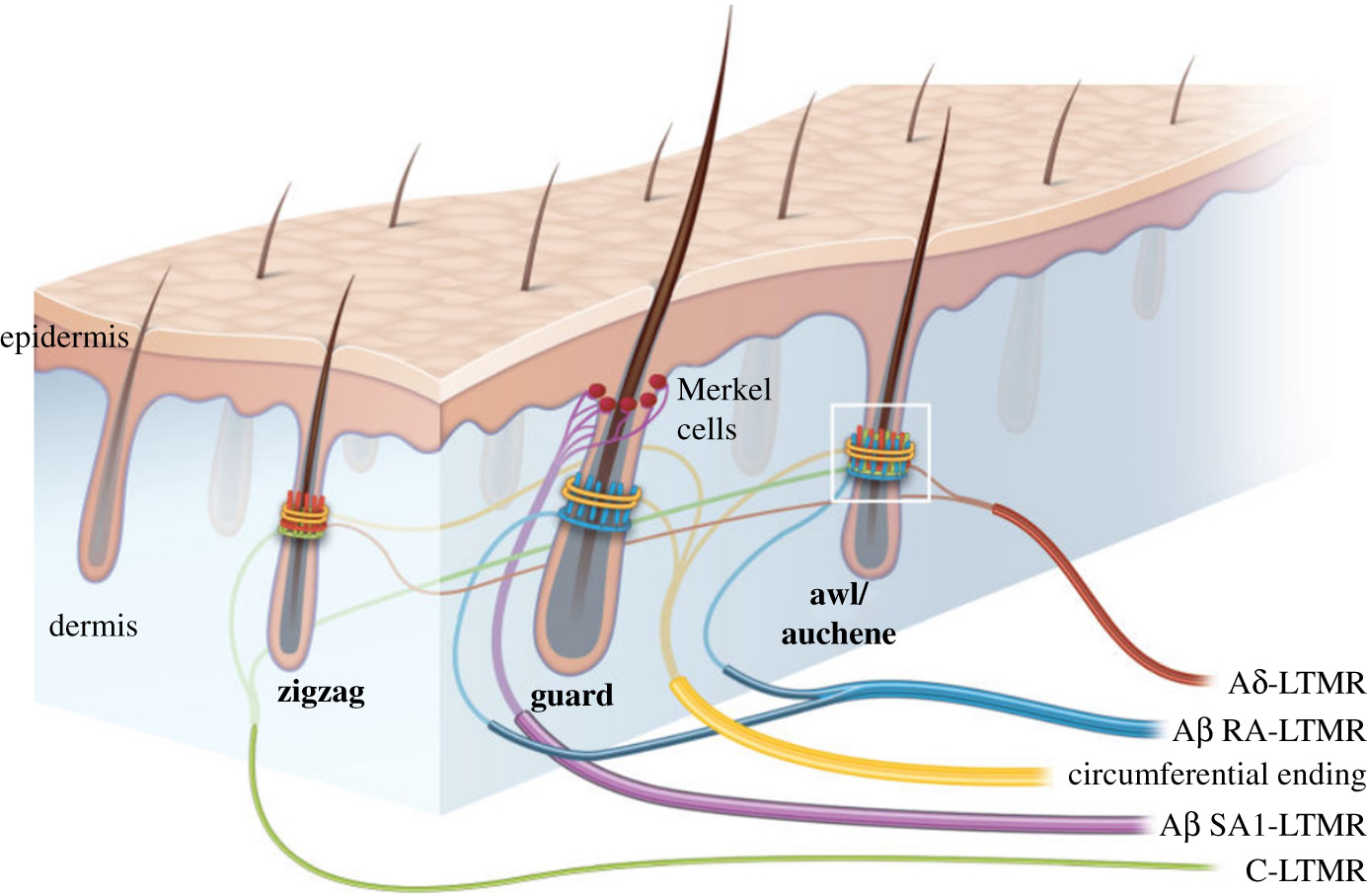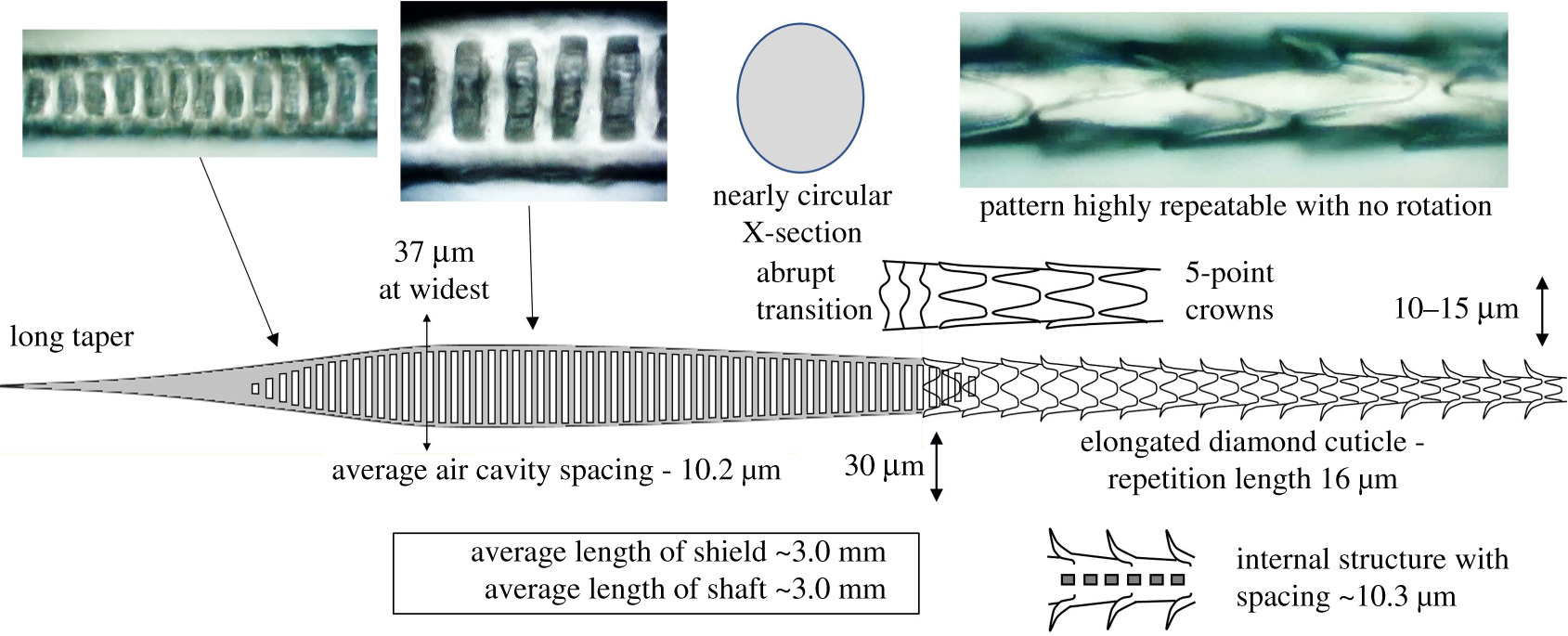If you have already watched PredatorYou’ve noted the tactical advantage the alien warrior has with his thermal vision. Indeed, even with otherwise solid camouflage, Dutch and his squad ended up being preyed upon by many hunted people.
And yet, in reality, it seems that the prey is the one that has the ability to perceive the infrared spectrum. Research has recently revealed that this unique ability may be due to the hairs on the backs of some of the smallest mammals.
Not by the hair on my back-back-back

Small mammals, such as shrews and rodents, have fur made up of several types of hairs that form a thick, protective coat. This fur is supposed to keep the animal warm, relatively dry, and protected from the elements. What if it could also protect it from predators? Because this fur contains special “guard hairs” that, researchers say, act like finely tuned infrared sensors.
Guard hairs make up only 1–3% of the fur. They are generally straight and protrude slightly from the rest of the coat. They also tend to have a fairly distinctive banded pattern, not found on other types of mammalian hair.
For years, scientists have been intrigued by the periodic bands seen in the guard hairs of small mammals. These hairs have internal bands spaced 6 to 12 micrometers apart. If you’ve looked at a graph of the electromagnetic spectrum recently, you may have noticed that they closely match the wavelengths of infrared radiation. This suggests a little-known function: the ability to detect infrared light, perhaps. Indeed, these wavelengths cover the same part of the infrared spectrum used by heat-seeking missiles and thermal imaging devices.
This was a feature with obvious survival benefits for nocturnal and predator-heavy animals. It could give a small creature the ability to detect warm heat sources, such as a predator, approaching from behind. No need to have eyes in the back of your head, or constantly look over your shoulder. If your thermal sense detects something warm approaching from behind, it might be worth a sprint action.
The researchers focused their research on guard hairs on three species: Mus musculus, tthe house mouse, Antechinus agilis, a mouse-like marsupial, and Sorex araneusthe common shrew. Despite the many differences between the species, the guard hairs share some similarities. Their findings showed that despite evolutionary divergences going back millions and millions of years, these species share very similar microscopic hair structures that appear to be tuned to wavelengths between 8 and 12 µm, perfect for thermal imaging.

Taking the house mouse as a prime example, the hairs have a sophisticated structure. The wider sections of the guard hairs, called the “shield”, are thought to act as infrared absorbers. They consist of two tubes connected by a membrane, with air cavities spaced at periodic intervals of about 10 um. Towards the base of the shield area, the hairs narrow and, instead of air cavities, the hairs exhibit the characteristic dark bands with similar spacing. The narrower sections are thought to help concentrate the absorbed infrared energy at the base of the hairs. A relatively variable “zipper” section then follows, with dark hemispheres arranged around the axis of the hairs. This is thought to act as a “spectral filter” that radiates wavelengths outside the 8-12 um band. Calculations suggest that the zipper filter means that infrared energy in this critical wavelength range accounts for 72% of the “signal” reaching the hair base, rather than just 33% in other cases. The final section of the shaft has thinner bands, spaced just 6 µm apart.

The hairs are thought to act like infrared antennas: their rigid, straight alignment and periodic bands allow them to act as thermal detectors. The bands themselves appear to be made of a biological material that is transparent to infrared and has different refractive indices. The researchers compare this to a man-made invention called a fiber Bragg grating, or FBG. This device uses the periodic variation in the refractive index of an optical fiber to create a filter for a particular wavelength. The guard hairs may use a biological version of the same mechanism to filter out the infrared wavelength of interest.

To pick up the signal, the animal would need some sort of sensing cell at the base of the hair. Indeed, the researchers discovered that the house mouse does indeed have Merkel cells uniquely located at the base of the guard hairs, arranged around the shaft. It is thought that these cells could be responsible for the actual infrared detection, with the hairs themselves simply acting as antennas to focus the infrared energy on them.
The researchers also looked at whether predators could adapt to this phenomenon. They found that cold-blooded snakes were virtually invisible in the thermal infrared range. Similarly, cats radiate relatively little heat forward. Both would therefore have an advantage when hunting against mammals with a thermal-sensing defense mechanism. And indeed, these creatures are particularly adept at hunting mice and other small mammals, as you might expect!

The research is still in its early stages. More work needs to be done to confirm the true function of these guard hairs. Regardless, their complex microstructures provide compelling evidence that they do indeed act as antennae to capture infrared radiation for sensory purposes.
The discovery of these natural infrared sensors is not just a biological curiosity. It could also prove useful in the field of photonics. The ability of guard hairs to act as finely tuned infrared antennas could potentially serve as inspiration for new optical devices or to improve current technologies.

Moreover, this research could have an impact on evolutionary biology, by offering new insights into the ancient origins of mammalian and marsupial hair. The resilience of guard hairs over millions of years suggests that they played a crucial role in the survival of early mammals, perhaps dating back to the Triassic period.
Regardless, some small mammals have always been incredibly adept at evading predators that sneak up on them from behind. We may now have a secret glimpse into this little trick. Maybe it wasn’t their eyes, or a keen sense of vibrations, but a hidden thermal sense that was lurking in their fur all along.
Featured Image: “Laboratory Mouse mg 3263” by [Rama]



